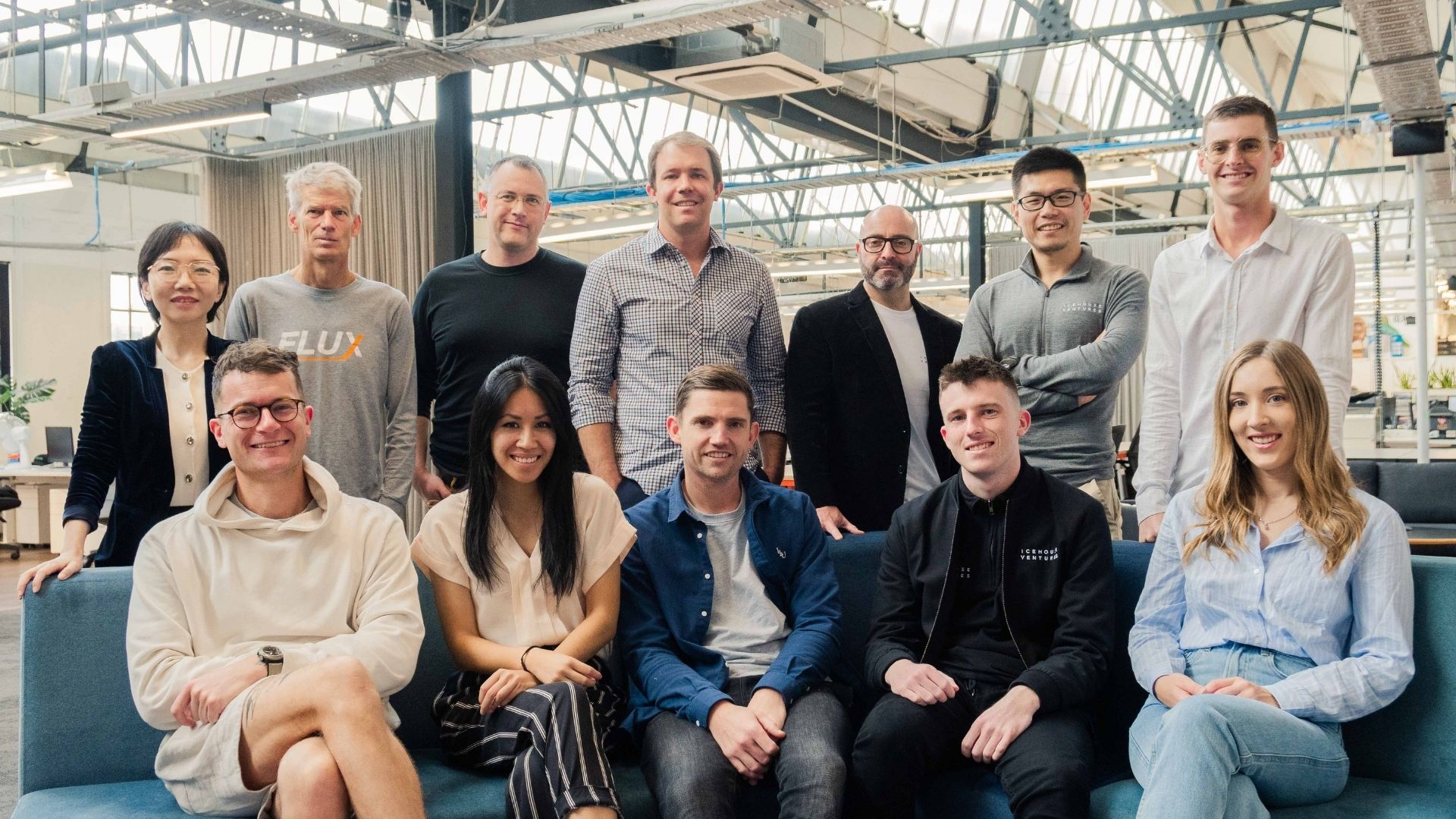Mint Innovation: Turning e-waste into gold
March 2023 by Icehouse Ventures posted in Startups, Founders, CEO
Startup Blueprint: ArchiPro, with co-founders Brittany Gribben & Milot Zeqiri
February 2023 by Steph Benseman posted in Startups, Founders, CEO
Introducing the Startup Blueprint series, our way of sharing the stories of founders and team members from some of Aotearoa's most epic and fast-growing startups. Hear about their journeys, learn from their insights, and maybe leave with a dose of inspiration.
To kick the series off we speak with Milot Zeqiri and Brittany Gribben, co-founders of ArchiPro, the all-in-one platform helping kiwis find trusted products and professionals for their building projects. They founded ArchiPro in 2014 and have scaled rapidly, becoming one of Aotearoa's fasting growing tech startups with over 186,000 registered users and followers.
Icehouse Ventures joined ArchiPro in their journey in 2021. Read on to learn more about how ArchiPro started, Brittany and Milot's learnings when it comes to scaling quickly, growing a team, and entering new markets, and what they'd do differently if given the chance.
The 2022 Startup Year in Review
February 2023 by Icehouse Ventures posted in Startups, Founders, Growth
Every year we take a look back at the year that was in our Startup Year in Review - a video that documents and celebrates the startups that have reached major milestones throughout the year.
User Experience / User Interface Designer
Icehouse Ventures is looking for a talented designer to join our growing product team. We are using technology to disrupt the venture capital industry by opening up investment to a more diverse range of investors and streamlining capital raising for New Zealand technology startups.
Icehouse Ventures Community Code of Conduct
June 2022 by Icehouse Ventures posted in Community
For all the positives that come with the expansion of Aotearoa's venture ecosystem, we have growing pains. And while we pride ourselves on diversity, inclusivity, kindness and equality, the startup community must acknowledge that we have a ways to go to meet these foundational Kiwi principles.
Seed Fund III, IV's new early-stage venture capital fund: What it is and how to invest
April 2022 by Icehouse Ventures posted in Funds
For an industry that invests in innovation and disruption for a living, the venture capital ecosystem has been pretty resistant to disruption itself. There have been attempts around the edges such as rolling funds, equity crowdfunding and better CRM systems, but the core process of raising capital from investors and deploying capital into companies has remained the same since the early days of VC.
The 2021 Startup Year in Review
December 2021 by Icehouse Ventures posted in Startups, Founders, Growth
Every year we take a look back at the year that was in our Startup Year in Review - a video that documents and celebrates the startups that have reached major milestones throughout the year.
Icehouse Ventures' Brave Young Founders
September 2021 by Icehouse Ventures posted in Startups, Founders, Portfolio
Last month we held the 5th annual Icehouse Ventures First Cut Challenge - our nationwide search for New Zealand’s most promising young founders.
IVX: New VC fund investing in NZ's most promising startups
July 2021 by Robbie Paul posted in Funds
Introducing the IVX Fund
Today we announced the launch of IVX (as in Icehouse Ventures Expansion), a late-stage venture fund that will invest in 20-30 of NZ’s leading tech companies.
We have already raised over $50m to date from Simplicity, an Iwi, Hobson Wealth, Sir Stephen Tindall, and over 100 individual investors and are moving towards a $75m final close. The fund is now open for investment from new investors.
What is "late-stage venture capital?
IVX is a late-stage fund. What does that mean? Most of the capital will be deployed into companies with established and growing teams, well-developed products & services, evidence of competitive wins, five or more years in market, revenue & proven business models, and strong governance. And the most critical feature: potential for significant global growth. Example companies already in the IVX portfolio include Shuttlerock who are generating $10m+ revenue, Dawn Aerospace who have their technology commercially operating on multiple satellites in space, and Sir John Kirwan's Mentemia whose tech is used by The Warehouse, Sky, Eroad, and others.
How does IVX compare to other VC funds?
IVX leverages our unique relationships, information, and follow-on rights we have as a result of being among New Zealand’s most active early-stage investors. Our pipeline includes our 250+ startup investments, a subset of which thrive and become sought after. This simply cannot be reverse engineered. (Note IVX can also invest in startups outside of our family.)
This is not a novel model. YCombinator, a Silicon Valley-based accelerator that got its start making $20k pre-seed investments, subsequently raised a $1b “continuity” fund to invest further in its top performers like Airbnb and Dropbox. Having long-duration relationships with founders and longitudinal data on their performance is a real advantage.
.png)
.png)
.png)




.png)
.png)